#NoidaLab
Explore tagged Tumblr posts
Text

Best NABL Lab For Integrated Sphere Testing
0 notes
Text
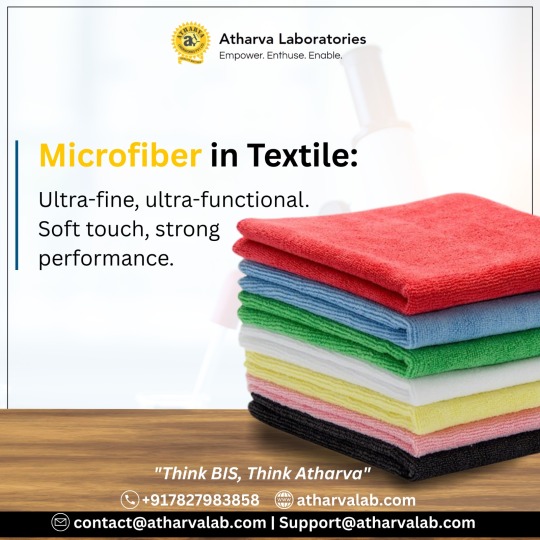
Experience the ultra-fine difference with Microfiber in Textile – engineered for softness, durability, and peak performance. Whether you're a manufacturer or exporter, ensure your textile quality stands out with Atharva Laboratories, your trusted partner for comprehensive textile testing.
📍 Atharva Laboratories D-115A, Hosiery Complex, Phase-II, Noida - 201305, Uttar Pradesh, India 📞 +91-7827983858 | +91-8588840612 | +91-7065088001 | +91-9810281818 📧 [email protected] | [email protected] 🌐 www.atharvalab.com
#TextileTestingLab#TextileQuality#AtharvaLaboratories#BestTestingLabDelhiNCR#FabricTesting#BISCertifiedLab#MicrofiberInTextiles#GarmentTesting#TextileCompliance#NoidaLab#TextileIndustryIndia#FootwearTestingLab#AtharvaLab#TestingExperts
0 notes
Photo
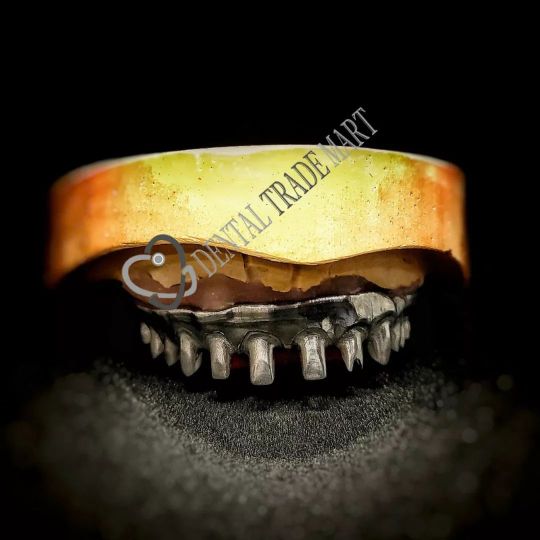
Paulo Malo crafted by Dental Trade Mart Milling studio. #implant #prosthesis #implantology #implantwork #paulomalo #dentallabindia #indiandentallab #millingstudio #zirconia #delhincrlab #noidalabs #ghaziabadlab #dentallab #laboratory #work (at Smart City Ghaziabad) https://www.instagram.com/p/CajM2qQJqls/?utm_medium=tumblr
#implant#prosthesis#implantology#implantwork#paulomalo#dentallabindia#indiandentallab#millingstudio#zirconia#delhincrlab#noidalabs#ghaziabadlab#dentallab#laboratory#work
0 notes
Text
Best NABL Lab For Integrated Sphere Testing

0 notes
Text

Best NABL Lab For Smart Watches Testing
0 notes
Text
Best NABL Lab For Camera Testing
0 notes
Text
Best NABL Lab For Camera Testing
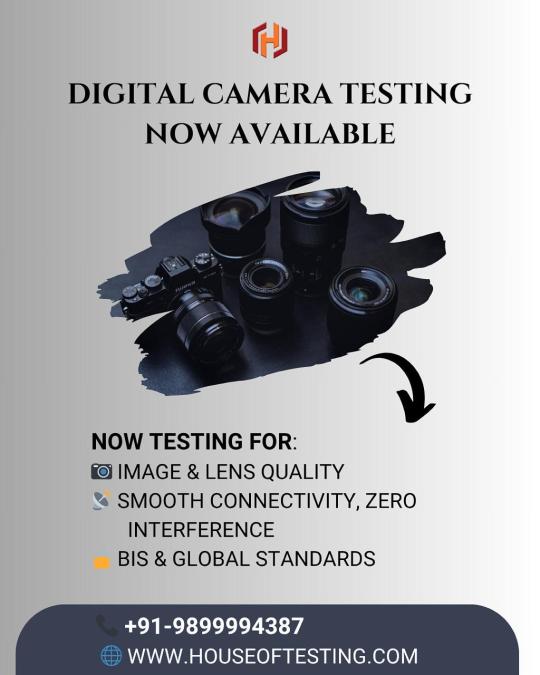
0 notes
Text
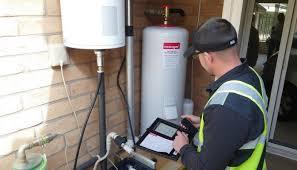
https://houseoftesting.com/instant-geyser/
0 notes
Text
Best NABL Lab for immersion water heater Testing
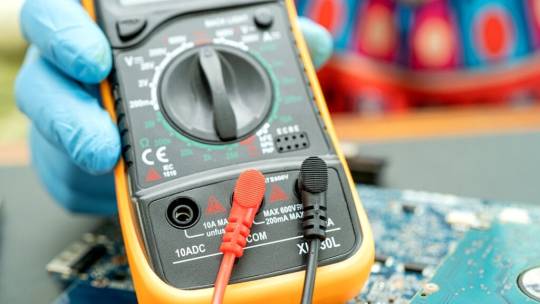
Here's a more detailed breakdown:
1. Safety First: Disconnect the power supply to the immersion heater and verify that the circuit is dead using a multimeter in voltage mode.
2. Visual Inspection: Examine the heating element for any signs of damage, corrosion, or mineral deposits. Check the wiring and connections for any signs of wear or damage.
3. Multimeter Setup: Set the multimeter to measure resistance (ohms).
4. Testing the Heating Element: Disconnect the wiring from the heating element terminals. Place one probe on each terminal of the element and note the resistance reading. A reading within the 15-25 ohm range for a 3kW element is generally considered normal. An infinite resistance reading indicates a faulty element.
5. Testing the Thermostat: If the multimeter shows a resistance reading (continuity) on the thermostat terminals, it indicates the thermostat is working. Additionally, try adjusting the thermostat and listen for a click, which indicates it is functioning correctly.
6. Testing the High-Limit Switch: Locate the high-limit switch (usually near the heating element) and check if it needs to be reset after a potential overheating event. Read More....
0 notes
Text
Best NABL Lab For geyser Testing
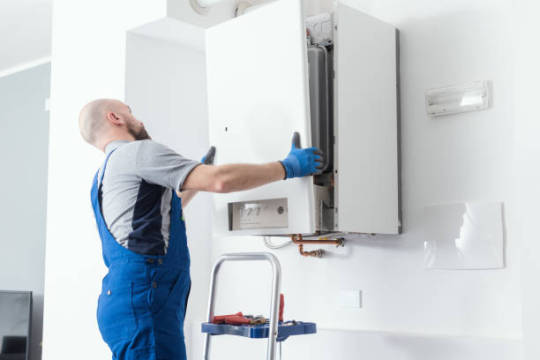
House of Testing Lab helps identify any potential issues with the instant geyser’s design, construction, or safety features and ensures that it meets required safety standards and regulations.
Our comprehensive testing procedures cover various critical aspects, including electrical safety, electromagnetic compatibility, and performance evaluation. We meticulously evaluate factors such as standing loss, hot water output, capacity, etc. Partnering with our esteemed testing laboratory guarantees meticulous attention to detail, unbiased evaluations, and prompt delivery of results. We are renowned for our commitment to excellence and customer satisfaction, which has earned us a trusted reputation in the industry. Read More...
0 notes
Text
Best NABL Lab for Electric Iron
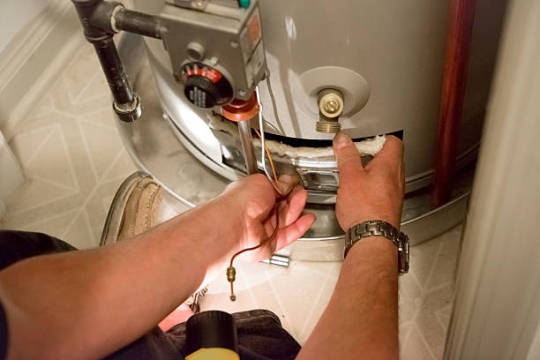
0 notes
Text
Best NABL Lab for High Voltage Testing
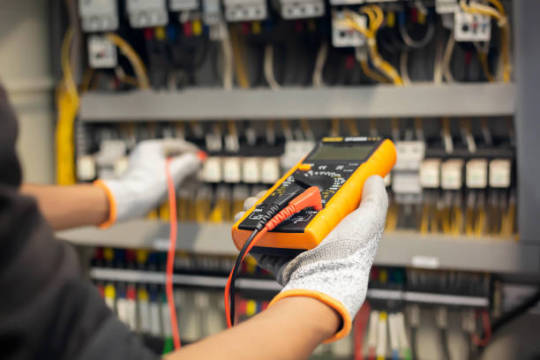
High voltage testing is commonly used for power distribution equipment, transformers, cables, motors, capacitors, circuit breakers, and other high voltage apparatus.
There are several types of high voltage tests, each serving specific purposes:
1) Di-electric Withstand Test (Hipot Test): The dielectric withstand test, commonly known as the Hipot test, is designed to verify the insulation integrity of electrical equipment. During this test, a high voltage (typically above the normal operating voltage) is applied between the conductive parts of the equipment and its insulation. The goal is to check if the insulation can withstand the applied voltage without breaking down or allowing excessive current flow.
2) Partial Discharge (PD) Test: Partial discharge testing is conducted to detect and measure partial discharges within the insulation system of high voltage equipment. Partial discharges can indicate weak points in the insulation and may lead to insulation breakdown if not addressed. The PD test helps identify potential issues early on to prevent catastrophic failures.
3) Impulse Test (Lightning/Switching Surge Test): The impulse test simulates the effects of lightning strikes or switching surges on the equipment. Short-duration high voltage impulses are applied to evaluate the equipment’s ability to withstand transient over voltages.
4) Repetitive/Pulsed Voltage Test: This test subjects the equipment to repetitive or pulsed high voltage to assess its performance under repeated voltage stresses.
5) Step Voltage Test: Step voltage testing is performed to evaluate the dielectric strength of soil or ground beneath a high voltage tower or substation. It helps ensure the integrity of the grounding system and safety for personnel. Read More.....
0 notes
Text
Best NABL Lab For Metallography and Metal Testing
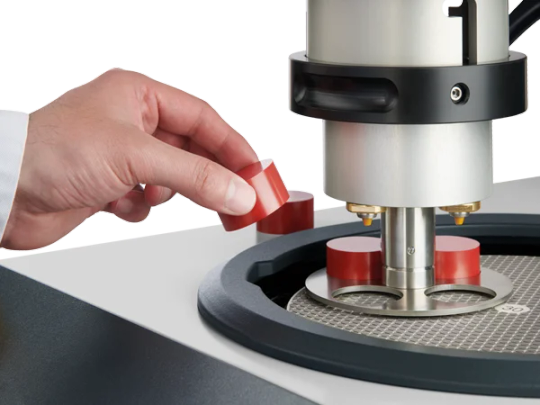
1) Metallography:
Metallography is the study of the microstructure of metals and alloys using optical and electron microscopy. It involves the preparation, examination, and analysis of metal samples to reveal their internal structure. The main steps in metallography include:
•Sample Preparation: Metal samples are carefully cut, mounted, and polished to obtain a flat, smooth surface for analysis.
• Etching: The polished surface is etched with chemical reagents to highlight the microstructural features and reveal the grain boundaries, phases, and inclusions in the metal.
• Microscopic Examination: The prepared samples are observed under an optical microscope or electron microscope to analyze the microstructure.
Metallography provides information about grain size, grain boundaries, phases, inclusions, segregation, and other structural features. It is used to assess the material’s homogeneity, identify defects, study heat treatment effects, and understand the material’s response to mechanical and thermal processes.
2) Metal Testing:
Metal testing involves evaluating the mechanical, physical, and chemical properties of metallic materials. This type of testing is crucial for ensuring the quality and performance of metals in various applications. Some common metal testing methods include:
• Tensile Testing: Measuring the tensile strength, yield strength, and elongation of metals under tensile loading.
• Hardness Testing: Assessing a material’s resistance to indentation or scratching using methods like Brinell, Vickers, or Rockwell hardness testing.
• Impact Testing: Evaluating a material’s ability to absorb energy under sudden impact using Charpy or Izod impact tests.
• Compression Testing: Determining the compressive strength and behavior of metals when subjected to compressive forces.
• Fatigue Testing: Assessing the material’s resistance to failure under repeated cyclic loading.
• Corrosion Testing: Evaluating a material’s resistance to corrosion and the effects of different environmental conditions.
• Chemical Analysis: Analyzing the composition of metals using techniques like optical emission spectroscopy (OES) or energy-dispersive X-ray spectroscopy (EDS). Read More
0 notes
Text
Best NABL Lab For Solar Testing
solar batteries Best testing House in Noida Solar batteries, also known as solar energy storage batteries or solar power storage systems, are rechargeable batteries used to store excess electricity generated by solar panels. They play a crucial role in residential, commercial, and industrial solar energy systems by allowing the captured solar energy to be stored Read More......
0 notes
Text
Best NABL Lab For Solar Testing
1 note
·
View note
Text
Best BIS Lab for Dry Battery Testing

🔋 Power That Performs: Why Dry Battery Testing is Critical for BIS Certification
In today’s battery-powered world, dry batteries are everywhere—from remote controls to flashlights, toys, and medical devices. But have you ever considered the safety, performance, and compliance of these essential power sources?
If you're a manufacturer or importer, understanding and complying with BIS (Bureau of Indian Standards) requirements for dry batteries is not just recommended—it's mandatory.
🧪 What is Dry Battery Testing?
Dry battery testing involves a series of assessments to ensure your batteries meet the safety and quality benchmarks laid out by Indian standards These tests verify the battery’s:
✅ Voltage Stability ✅ Leakage Resistance ✅ Capacity and Lifespan ✅ Resistance to Overheating or Explosion ✅ Overall Build Quality and Insulation
⚖️ Why BIS Certification Matters
Selling non-certified batteries in India can lead to:
🚫 Product bans 🚫 Legal consequences 🚫 Market recalls 🚫 Brand reputation damage
Through BIS-approved labs like House of Testing, you can ensure full compliance with Indian regulatory frameworks and access to broader markets with confidence.
🧑🔬 Why Choose House of Testing?
Located in Noida and serving clients across India, House of Testing offers:
✅ BIS-Compliant Testing ✅ NABL Accredited Lab Facilities ✅ Quick Turnaround Time ✅ End-to-End Support with Documentation & Submission
Don’t leave compliance to chance. Trust a lab that delivers accuracy, transparency, and speed.
👉 Contact us today to schedule your dry battery testing.
📍 Based in Noida 🌐 www.houseoftesting.com 📞 +91-9899994387
1 note
·
View note